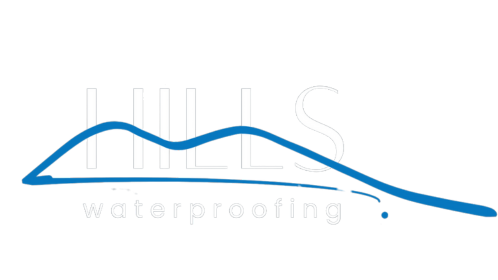
What’s the Difference Between Waterproofing and Water-Resistant? Know Before You Build or Renovate
Why This Matters – Avoid Costly Confusion in Your Sydney Home
Many Sydney homeowners and builders use the terms “waterproof” and “water-resistant” interchangeably — but they’re not the same thing. And misunderstanding the difference could lead to serious water damage, failed renovations, and voided warranties.
At Hills Waterproofing, we help you understand what really matters when protecting your home, starting with the basics.
What Does Water-Resistant Mean?
Water-resistant refers to materials or products that can resist water penetration to a certain degree, but not indefinitely or under high pressure.
✅ Example Uses:
Paints labeled “moisture-resistant”
Silicone around kitchen sinks
Water-resistant tiles or timber flooring
🛑 Important: Water-resistant materials slow down water penetration, but they don’t stop it completely — making them unsuitable for high-moisture areas like showers, balconies, or rooftops.


What Is Waterproofing?
Waterproofing is the process of creating a completely watertight barrier that prevents any water or moisture from passing through.
✅ Common Waterproofing Applications:
Under bathroom tiles
Around basements and retaining walls
Planter boxes and wet zones
🔧 How It’s Done:
Professional waterproofing involves the use of specialised waterproofing membranes, sealants, primers, and layers that are tested to meet Australian Standards (AS 3740 / AS 4654).
Waterproofing Membranes – Your First Line of Defence
At Hills Waterproofing, we use premium waterproofing membranes that form the protective layer in all our installations. These membranes are:
✅ Flexible and crack-bridging
✅ UV-resistant (for external use)
✅ Certified to withstand water pressure
✅ Applied by hand or spray depending on the area
Whether it’s a liquid-applied membrane for your shower or a sheet membrane system for your rooftop, these are critical for long-term water protection.


Why You Need a Licensed Waterproofing Contractor in Sydney
Only a licensed waterproofing contractor in Sydney can ensure your waterproofing:
✅ Complies with all legal requirements
✅ Uses correct materials and techniques
✅ Is eligible for warranty and insurance cover
✅ Won’t fail due to incorrect application
We often repair damage caused by poor DIY waterproofing or general contractors who used water-resistant materials where full waterproofing was required.
💡 Tip: Waterproofing is not an area to cut corners — doing it right the first time saves thousands in future repairs.
FAQs – Waterproofing vs. Water-Resistant
🔹 Can I use water-resistant materials in the bathroom?
Only in combination with professional waterproofing membranes. Water-resistant surfaces (like tiles) still require waterproofing underneath.
🔹 Do balconies require full waterproofing?
Yes. Balconies are exposed to weather and must meet AS 4654 for external waterproofing.
🔹 How do I know if my home is waterproofed properly?
A licensed contractor will provide a compliance certificate and use membranes approved for the application.
Final Thoughts – Choose Protection That Lasts
Understanding the difference between waterproofing and water-resistant is the first step to protecting your Sydney home from future leaks and costly damage.
At Hills Waterproofing, we don’t just apply membranes — we deliver certified, guaranteed protection that lasts.
👉 Get a free waterproofing quote today
- 💧 Experts in waterproofing membranes
- 🛠️ Your trusted waterproofing contractor Sydney
📞 Call us at 0410 570 721
📧 Email: info@hillswaterproofing.com.au

